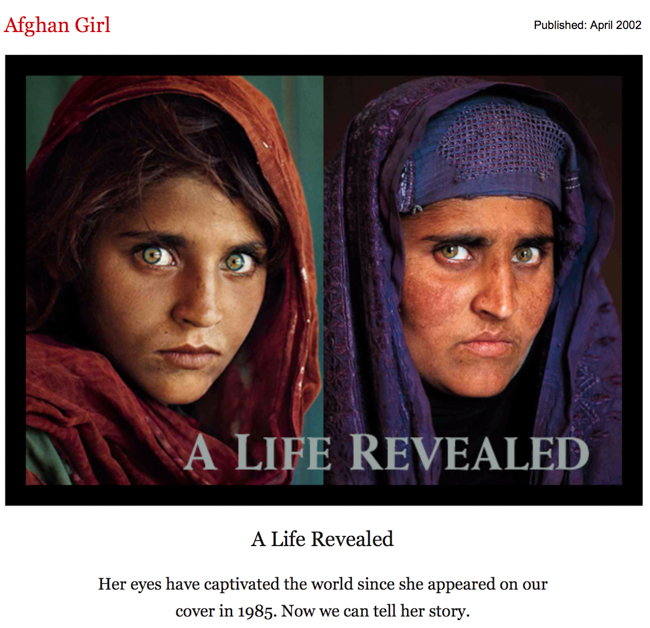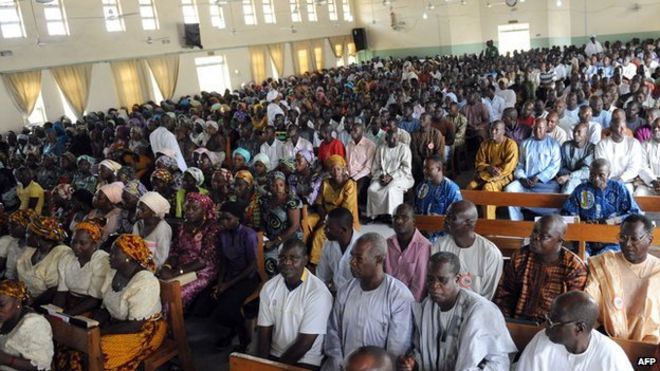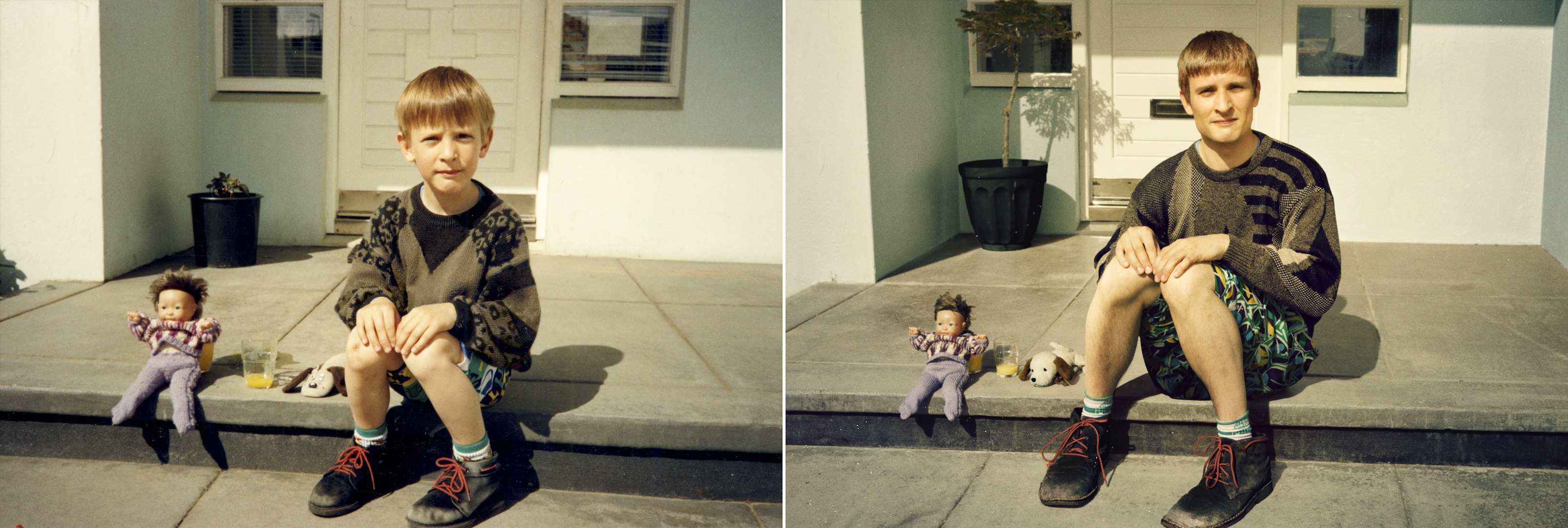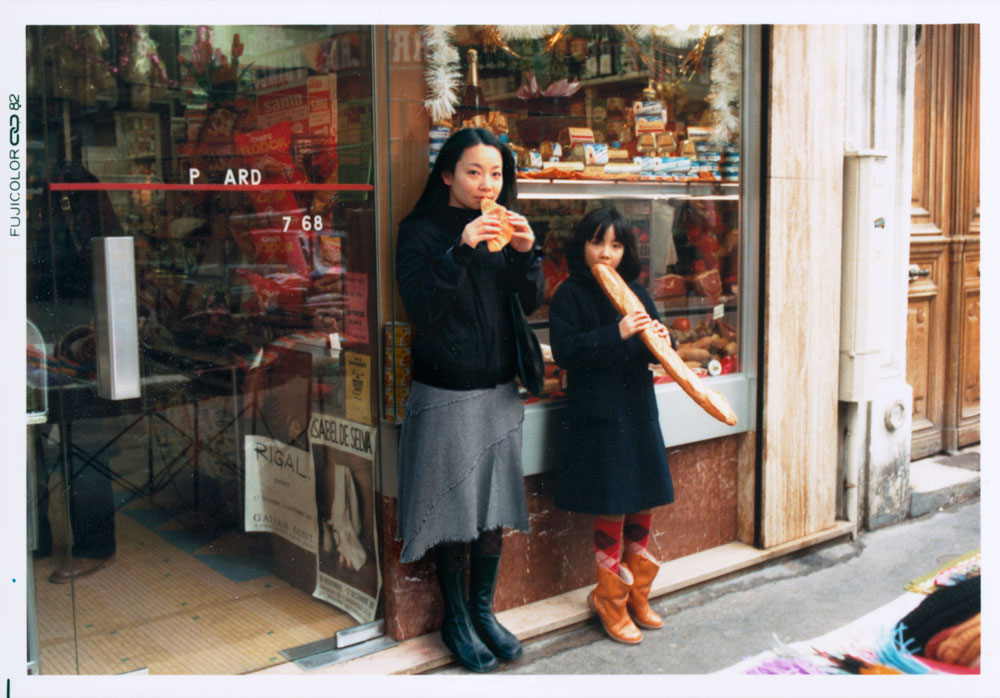A couple of days ago, I went to collect a ‘box of memories’ from my dad’s flat to help me with my research into my mum and dads relationship as well as their divorce. He has previously told me about this shoebox he has filled with memories he has form his time with my mum. This includes postcards my mum sent from France when she 18 and my dad was 20. This was in the very early stages of their relationship when they had only been going for about a year, yet the postcards were filled with very cute and sincere messages telling my dad that she missed him and she can’t wait to see him. These are resources I intend to use for my project where I will photograph them against a blank background to achieve a studio effect where all you are focusing on is the object. These postcards were from my dads memory box as I said and he keeps it in his garage shoved underneath all his other junk and is often forgotten about until discovered when rummaging through the mess every year or so but I an glad I have got my hands on this to use the appropriate resources suitable for the story I want to tell. The postcards sent by my mum to dad will help to show the relationship the once had by using physical information – a love letter essentially. However, this, I intend to photograph very soon. Meanwhile, I have come across a new object which has sparked my interest to talk about.
Retrieving the special box of my dad sparked a thought that my mum might also have one of these, even though she has never talked or mentioned it or something similar before, as well, I had never seen something like it before, I believe this to be because my mum now has a very strong relationship with a new man which is a prominent figure in my life also who has been present in my life for now thirteen years, however, I asked my mum if she had something similar and she told me “yes”. This was great news and I was eager to get my hands on it to see what was inside and if there was anything that went hand-in-hand with that f what I found in in my dad’s collection of good memories from their time together. As well, everything I found was also new to me as I was very young when they split so remember nothing apart from myself speaking to dad about it. All the objects were new and it was great for me to see them and learn the stories behind them. However, when we went looking in the loft for the box my mum thought she had kept in this particular place, we could not find it and we emptied the whole oft and looked through each and every box, yet the collection of nostalgic objects was not there. My mum, as well as myself, was mortified as it many I could not retrieve nay physical information and evidence form mum’s behalf of the great times my mum and dad had together apart from hundreds of photos of us as a family from me as a baby to me at 4 years of age. SAs well, it meant tat mum had lost this box she treasured and cherished because it was filled with memories from her youth – in the most happiest times of her life – when she met her first love, she married him and had a child with him – this was all gone. However, mum did have some images and cards from their wedding hidden somewhere else and this was where I made my amazing discovery which is perfect to begin the project/book.
Mum began to take all of these images of her and dad at their wedding out this small bag and within that bag, she picked out two cards – one form her to dad the day before their wedding and one from my dad to mum also on the before the wedding, and, by chance, the happen to be the exact same cards they both have to each other! I was shocked but also overjoyed at this because I knew it would be a great way to begin my project, epically after reading inside at what they had both written.

I believe this gesture from both of them and coincidence of this one in a million chance of them both giving the same card to each other, just with a different heart-felt message to one another shows the true meaning of love – that the two of them were in sync with one another and it shows tat perhaps they both knew what they other half would like – they both saw the card in shop and picked it up knowing that it represented them two as a couple and this coincidence shows the concept of love displaying the essence of unity.
I was desperate to photograph the two cards together and make some sort of image out of them! I wanted to create a diptych or one image of the two of them side by side and, although not yet finalised, I’ve got an image I quickly took of them together but the lighting is poor and the image above will not be my final due to the ‘slapdash’ finish of it. I also managed to get an image of the message inside each card. As well, for my final edit of this, I wish to have images of developed exposures from their wedding day alongside the one image of the cards to show the ‘starting chapter’ as such.
Inside the cards, both my mum and dad wrote a very loving and quite emotional message that came from the heart. In the card, they expressed their love for one another and their excitement to begin a new chapter in their life together – this idea of a ‘chapter’ is expressed not only from their words about their life, but it will make-up a ‘chapter’ in the book also.
My dad has never been one for being emotional with his words and is not the best at articulating himself, which I have grown to realise as I have grown up with him and his card was not as in-depth as my mums, which made me chuckle a little because this has not changed. However, although his straight-to-the-pint words are limited in comparison to my mum’s I had an idea to transcribe one statement/comment/sentence form each of their cards and insert this into the book along with the images. My inspiration for this idea came from Yoshikatsu Fujii’s book of his own parents divorce where he includes transcribed statements from his mum and dad to tell a story more visually.
Below is my mum’s card to my dad: “TO MY DARLING ALEX,
“TO MY DARLING ALEX,
REMEMBER IT’S JUST YOU + ME – THAT’S ALL WE NEED TO KNOW. WE HAVE BEEN TOGETHER FOR 8 YEARS AND TOMORROW WE ARE STARTING A WHOLE NEW CHAPTER IN OUR LIVES – THERE HAS NEVER BEEN A DOUBT IN MY MIND THAT THIS IS WHAT I WANT – YOU + ME TOGETHER ALWAYS, I KNEW THAT SINCE I WAS 16.
YOUR MY NUMBER ONE IN THE WORLD MY LITTLE ONE.
SEE YOU TOMORROW, DON’T BE LATE!
ALL MY LOVE + KISSES
KATHERINE
XXX”
The statement I believe I will use due to its significance is the point at which my mum says “you + me together always, I knew that since I was 16.” I think I would choose this statement because, for me, it is actually very relatable as I actually fell in love when I was 16 – my girlfriend now is my first love and this was the same for my mum dad – they were both each others first love so there is an uncanny similarity here.
Below is my dad’s card to my mum:
 “TO MY DARLING KATHERINE
“TO MY DARLING KATHERINE
I LOVE YOU
HERE’S TO FRIDAY
THE BIG DAY
GOOD LUCK
HERE’S TO THE REST OF OUR LIVES TOGETHER
ALL MY LOVE, ALEX
XXXXXX”
From my dad’s card, I think I will choose to transcribe the statement, “here’s to the rest of our lives” because this was their plan and any other lover’s plan when they are about to marry each other and especially commit their lives to one another but it is a shame that at some point, the love does break down – not in all relationships, but many relationships end in a love which distances and becomes very difficult to express so this statement is very significant. However, I may not choose to transcribe any of dad’s statements from his card as the one from my mum speaks a lot.
The print on the card reads:
IN A WORLD OF RUSH AND CRUSH AND CROWDS,
IT ALL COMES DOWN TO THIS — A TENDER WORD, A GENTLE TOUCH, A SMILE, A LOOK, A KISS…
IT ALL COMES DOWN TO FAITH AND TRUST,
IT ALL COMES DOWN TO WHETHER WE’RE GOING IT ALONE OR KNOW WE’RE IN THIS THING TOGETHER,
IN A WORLD OF HYPE AND HURRY,
IN A WORLD OF PUSH AND SHOVE,
IT ALL COMES DOWN TO YOU AND ME,
IT ALL COMES DOWN TO LOVE
The print on the card alone is very sentimental and is very heart-felt and it sums up love – that no matter what, you will always have on another – act as thought it is just you two in the world and nothing can stop you because love conquers all. I believe in this concept very much and hoe to show it clearly in my project.











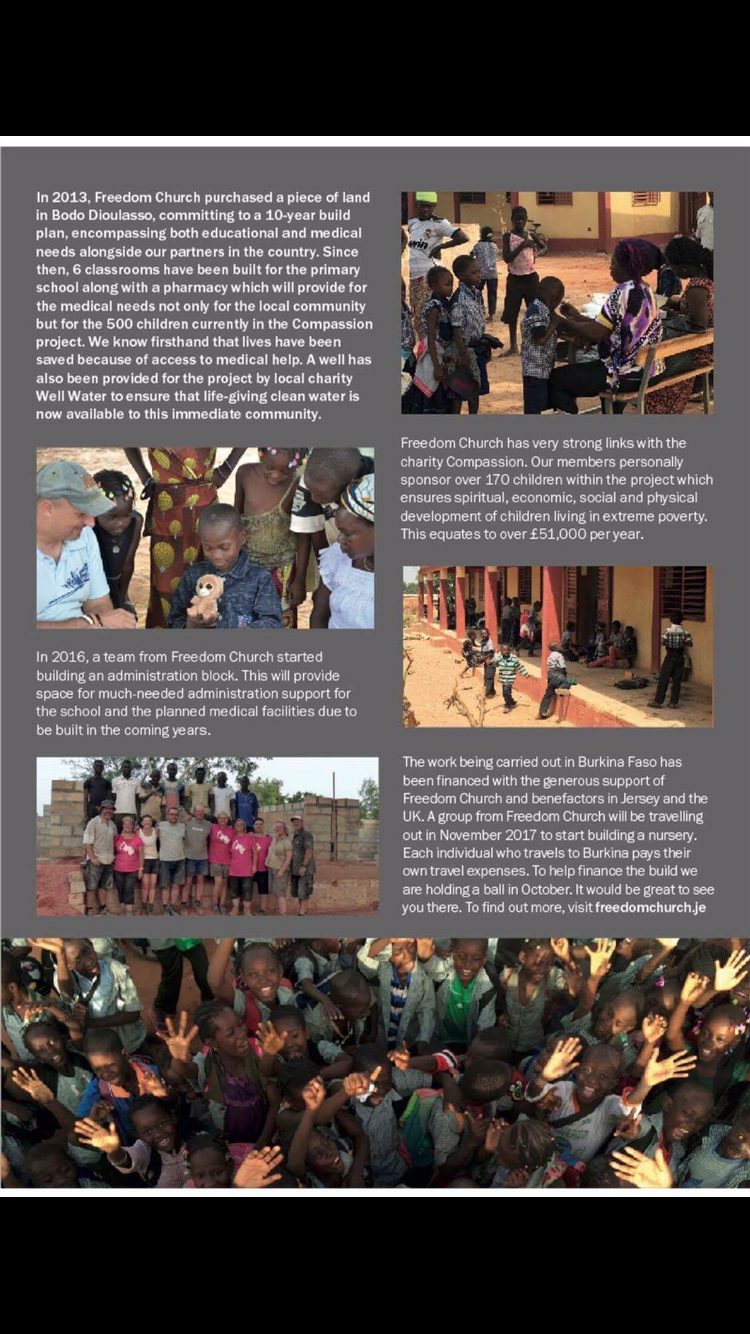




 ion in Burkina Faso are inexact because Islam and Christianity are often practiced in tandem with indigenous religious beliefs. The Government of Burkina Faso 2006 census reported that 60.5% of the population practice Islam, and that the majority of this group belong to the Sunni branch,
ion in Burkina Faso are inexact because Islam and Christianity are often practiced in tandem with indigenous religious beliefs. The Government of Burkina Faso 2006 census reported that 60.5% of the population practice Islam, and that the majority of this group belong to the Sunni branch,









